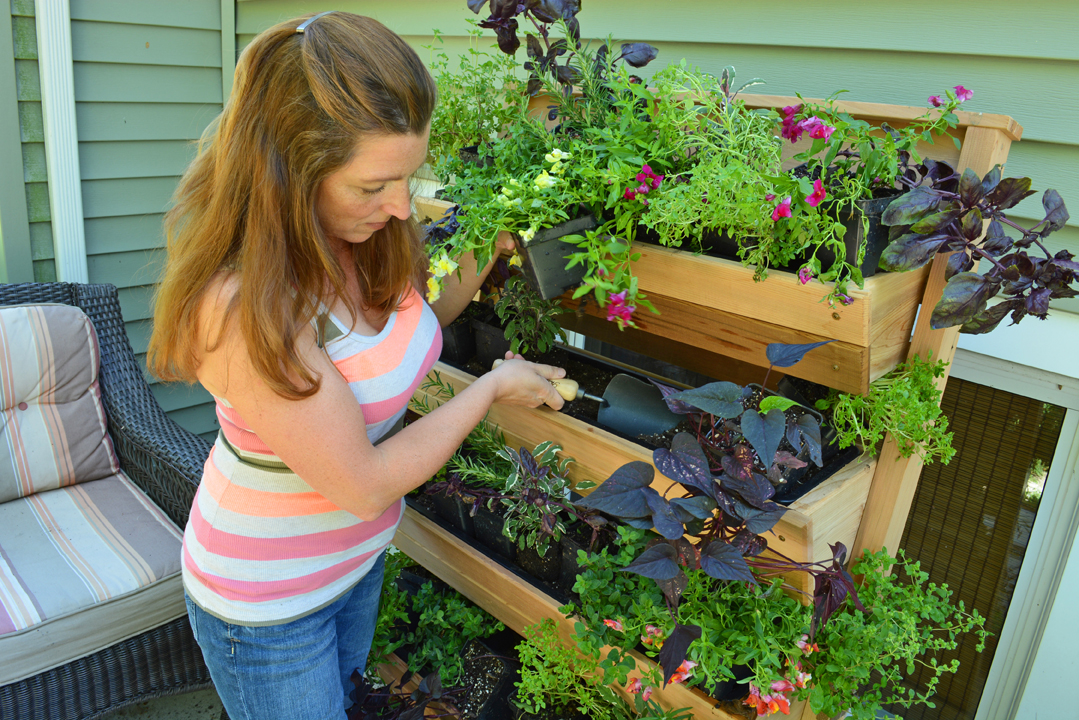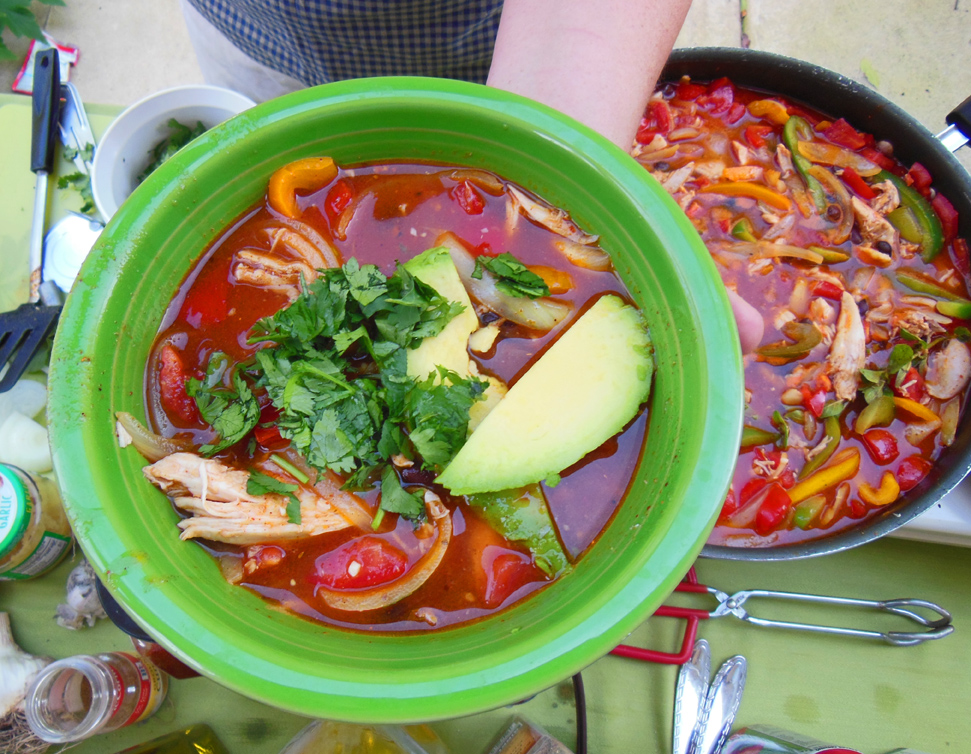The Best Homemade Seed Starting Soil Mix Recipes

Seed starting soil mixing is a step worth taking for better success with your seedlings so they will grow to their full potential. Healthy seedlings need a well-drained soil medium made of fine particles of organic material. Potting soil can be used but is often less draining than a finer seed starting mix. Making your own homemade seed starting mix works. Whether starting for your indoor or outdoor gardens, it can really make a difference in getting those seeds started.
There are two methods I use for seed starting that my friends have taught me. One is the traditional method of starting in a seed starting tray. The other method I utilize is soil blocking. I like both methods. I have found that soil blocking saves more money. You do not have to “thin the seedlings” since you plant one seed per soil block, enabling money savings. The two methods below are absolutely the BEST homemade seed starting soil mixes.

How to Make Traditional Seed Starting Soil Mix
Ken Druse, author of Making More Plants; The Science, Art and Joy of Propagation (as well as 19 other garden books) and garden podcaster from Ken Druse Real Dirt, has a marvelous recipe for making a homemade seed starting mix that works very well as a light, airy, and a sound starting mix for your seedlings. Below is his special recipe which I shared originally in my book, 101 Organic Gardening Hacks.
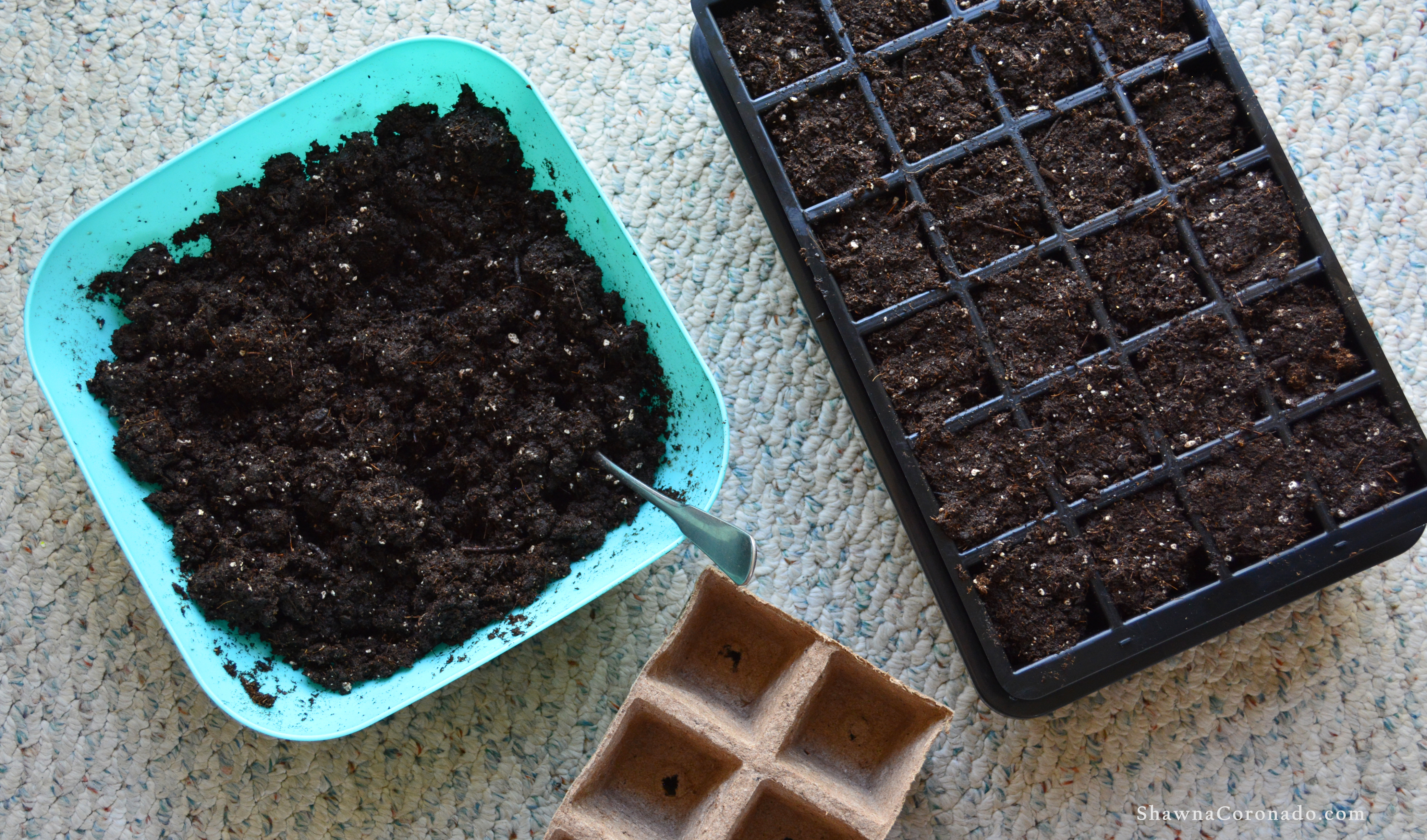
Ken’s Homemade Seed Starting Soil Mix –
- 4 parts Leaf Mold
- 1 part Perlite
- 1 part Chicken Grit
- Start with homemade leaf mold that has been sieved through a half inch hardware cloth screen so only the smallest bits of the leaf mold remain
- Mix 4 parts screened leaf mold with 1 part perlite and 1 part chicken grit
- Moisten the mix and place in a large roasting bag, shake up, close the top loosely with the non-metal tie that comes with the bag or a string
- Sterilize the leaf mold by microwaving for 10 minutes on full power
- Take the temperature of the leaf mold mixture by opening the bag – be careful as the steam is hot – it should be at 180° F or 82.22° C let your starting mix cool
- Place this sowing medium in containers, then sow the seeds.
Following the directions on the seed packet, tiny seeds are barely covered; larger ones are buried to a depth equal to their thickness. Until the seedlings develop, do not let the seed starting mix dry completely. Add water to a tray beneath the pots to let them soak up moisture. Or gently spray pots with water from a sprayer. Most seeds need light to germinate. Some seedlings will appear in only a week while others take several weeks or longer. The seed packets should have this specific information.
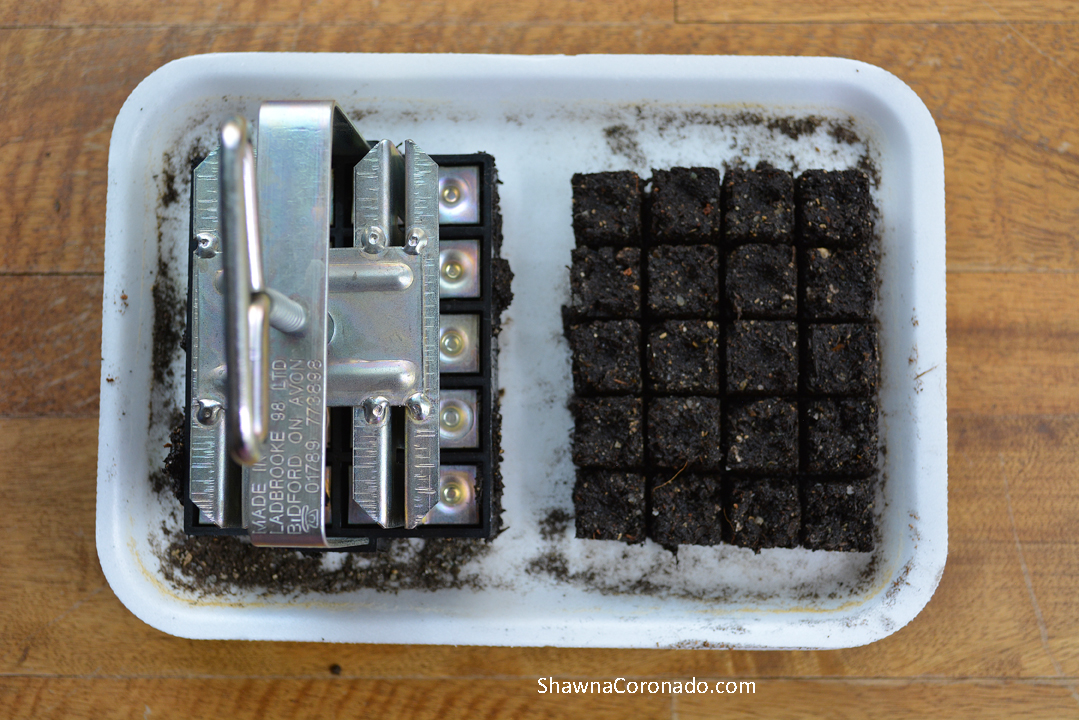
How to Make Soil Blocking Seed Starting Soil Mix
Lisa Ziegler, the author of Vegetables Love Flowers; Companion Planting for Beauty and Bounty and the genius behind a whole line of products and on-demand workshops at The Gardener’s Workshop, has educated me all about soil blocking. She has an ALL THINGS SOIL BLOCKING PAGE where you can go and learn more about soil blocking, where to get a soil block kit, and how to specifically seed-start. Below is her special recipe which I used this season to start my seeds indoors with great success.
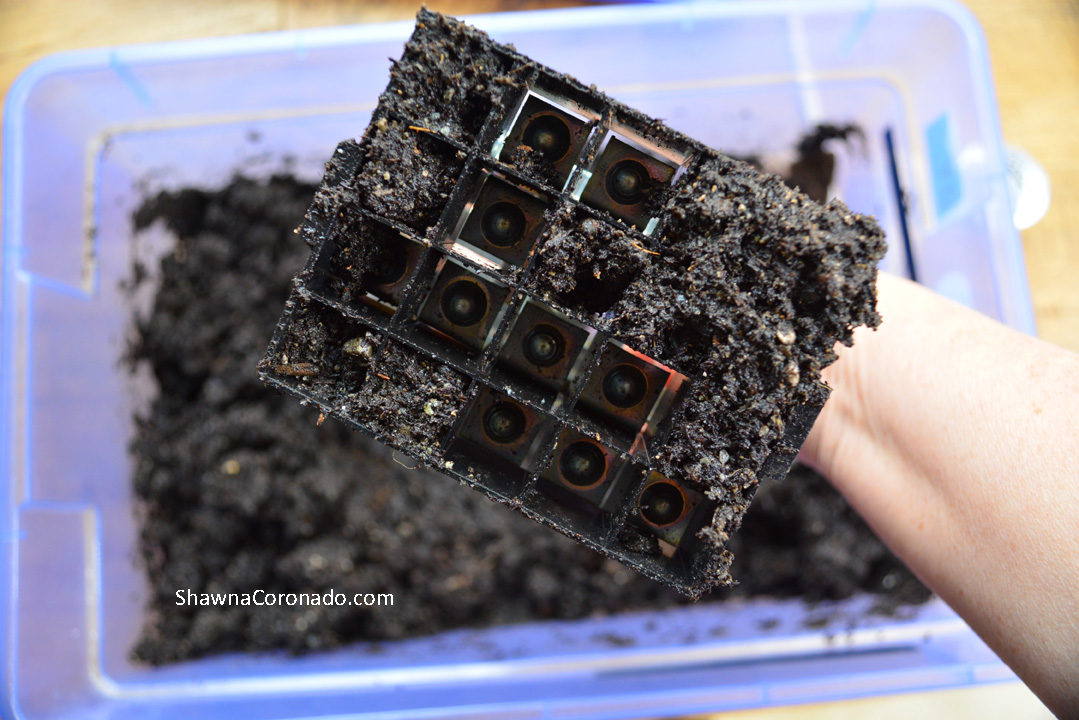
Lisa Ziegler’s Homemade Soil Blocking Seed Starting Soil Mix –
- 16 cups sifted peat moss
- 4 cups sifted compost
- ¼ cup green sand
- ¼ cup rock phosphate powder
- Mix the above ingredients together dry
- Add 1 part water to 3 parts of the dry mixture. Stir until well combined and moistened through to the consistency of wet oatmeal
- If the above steps are just too difficult, buy the premade mix on her website AT THIS LINK
Once the soil is moistened, push your soil blocker back and forth in the seed starting soil mix. Fill the chambers completely with soil. Scrape off the extra, then eject the blocks onto a tray. Sow one seed per block, pressing the seeds that do not need light down below the surface, and leaving the remaining seeds on top of the soil blocks. Add heat and light to encourage germination. Water very gently, daily. Do not allow the seedlings to sit in soggy water or your blocks will not stay firmly shaped. Detailed soil blocking instructions are on The Gardener’s Workshop website.
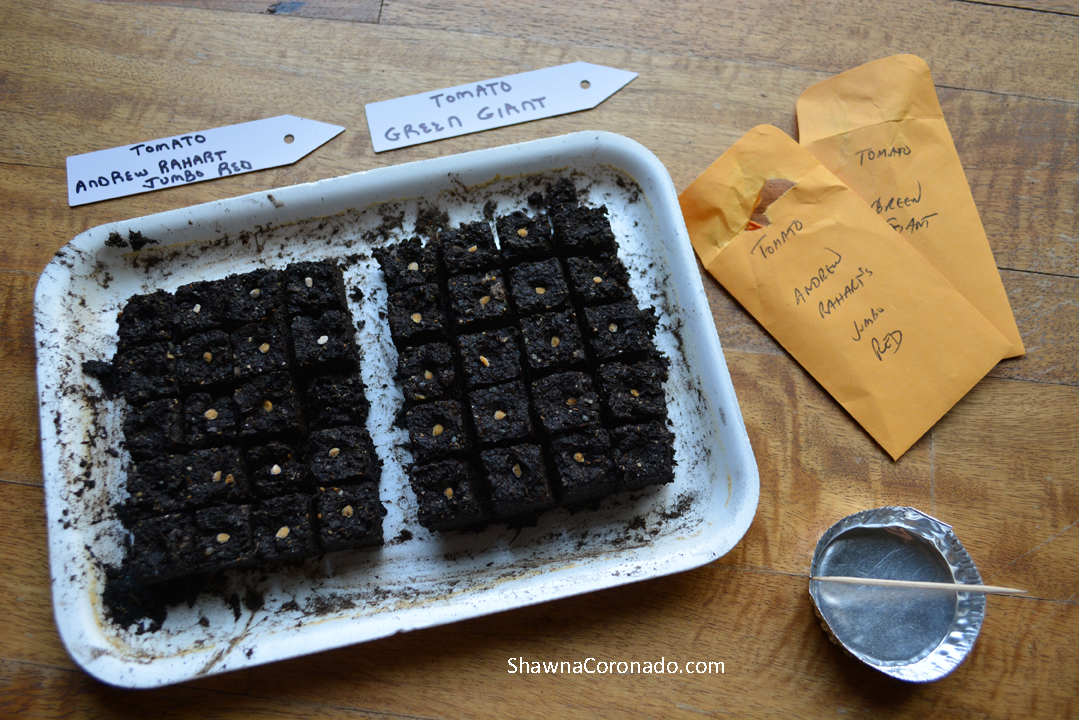
Whether you are utilizing a soil blocking method or a traditional seed starting method, making your own seed starting soil mix can be important to the success of your seeds erupting their little heads into the light. Try either of the recipes above for great success.
